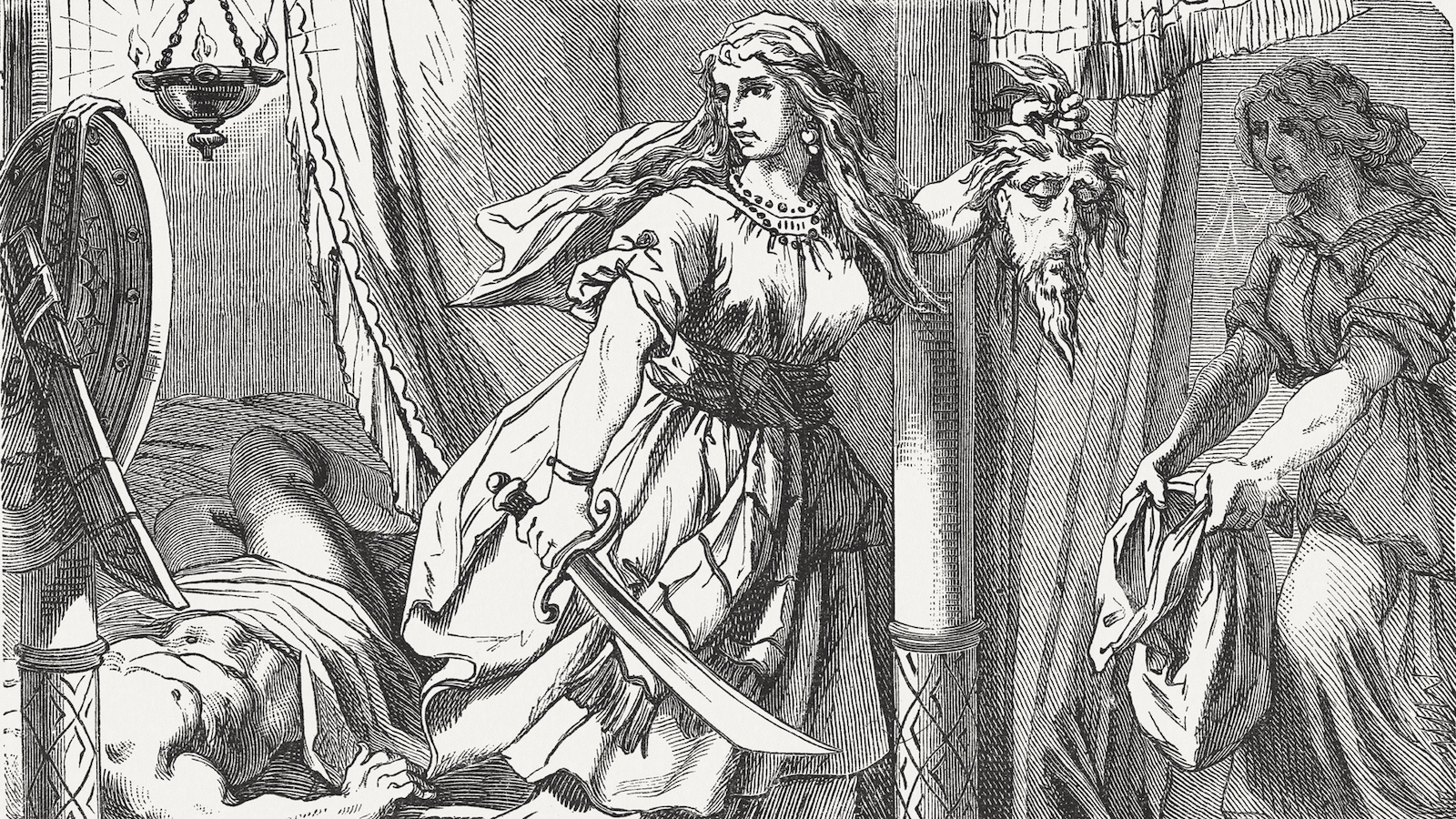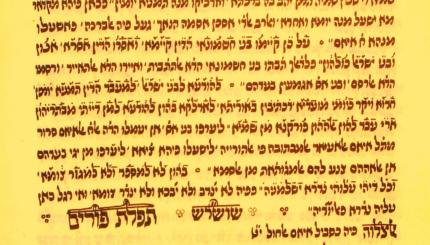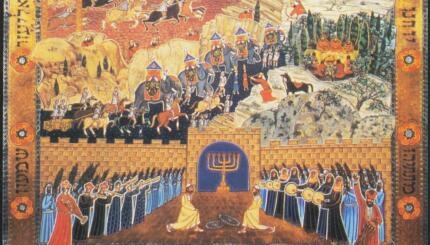The formation of the Hebrew Bible (or ) as we know it was not a foregone historical conclusion. The contents of today’s Tanach are the results of a process of selection and codification that took place over the course of some centuries around 2,000 years ago. By acknowledging that the structure of the canon was the result of an historical process, we must also recognize that there were other Jewish texts that did not make it past this selection.
What Are These Works?
This lead us to a discussion of two different sets of ancient texts that are not included in the Hebrew Bible, but whose existence speaks to the richness, creativity, diversity, and complexity of the emerging Judeo-Christian community of Palestine and its surroundings during roughly 200 BCE to 70 CE. One such set is called “Apocrypha” (meaning hidden things in Greek) and refers to a set of works deemed canonical by the Egyptian Jewish community, based in Alexandria, but not included in the smaller canon of the Palestinian Jewish community which became the present-day Tanakh. The early Church preserved these works, in the Latin (Vulgate) and Greek (Septuagint) versions of the Old Testament, and they remain a part of the Roman Catholic and Orthodox canons. Examples of this genre include additions to the books of Esther and Daniel, the Wisdom literature of Solomon and Ben Sira, and the first two books of Maccabees.
The other set is called “Pseudepigrapha,” a collection of texts whose authorship is unknown and ascribed to characters from the Hebrew Bible, thus the name pseudepigrapha, meaning “false-writing” in Greek. The term also includes some texts from the same period, whose extant manuscripts exist in Greek, Ethiopic, Syriac, and Slavonic, and have been preserved by the eastern branches of the Christian Church, primarily the Ethiopian one.
Why Are They Important?
There is great scholarly merit in studying these texts as well as their historical neighbors–the Dead Sea Scrolls that were discovered throughout the Judean desert, most notably at Qumran. Foremost, it sheds light on the political, ideological, and historical reality of the authors and their audience’s time period. These texts not only divulge religious belief and practice, but also give insight into the mundane, yet retrospectively intriguing, daily activities. These ancient texts also elucidate the possible ideological debates surrounding the canonization of Tanakh and the various sectarian forces at play.

Help us keep Jewish knowledge accessible to millions of people around the world.
Your donation to My Jewish Learning fuels endless journeys of Jewish discovery. With your help, My Jewish Learning can continue to provide nonstop opportunities for learning, connection and growth.
With respect to literature, these pieces place into perspective other works which emerged from the same period and that immediately following, including Hellenistic literature written mostly in Greek and the works of Flavius Josephus and Philo. The texts also trace the historical relationship with what became the Christian Scriptures or New Testament and the development of a new religion. Chronologically, they now serve to fill the space between the bible and rabbinic literature, and set the stage for the monumental achievements of rabbinic Judaism.
What Do They Contain?
Both Apocrypha and Pseudepigrapha were written–scholars believe–during the same general period of time, and it is not inconceivable to imagine the discovery of future texts that (along with the Qumran library and other assorted scrolls) might continue to inform our knowledge of the world from which they emerged.
Some of the texts in both the Apocrypha and the Pseudepigrapha (as well as the Book of Daniel and the Book of Revelations from the Hebrew Bible and New Testament, respectively) can be referred to as apocalyptic. This term refers to works, often dealing with the nature of the end of days, the eschaton, and the geography, population, and climate of the world of divine creatures or human souls. Apocalyptic literature appears to be a popular genre of this period, and the messianism associated with it is likely part of the worldview that helped give birth to Christianity in the mid-first century CE.
The Apocrypha as a whole is a motley group of texts, each related in their own way to the Bible. 1 Maccabees is famously written in a Greek that appears to be translated in a way that preserves the classical biblical style of the Deuteronomic historian. Other works, such as Esdras 1, additions to Esther and Daniel, Baruch, and the Letter of Jeremiah, appear intent on either rewriting parts of the Bible or filling in gaps in its narrative as perceived by their authors.
Scholars believe that many of these works were written during the second century BCE in the wake of the Maccabean revolt, or in the latter decades of the first century CE after the destruction of the Second Temple. They served as a response to the political and religious challenges of the day, and were placed in their mostly ancient literary contexts so as to be more authoritative to their readers. The historical theories derived from these texts also helps to better understand the original biblical writings.
The works of the Pseudepigrapha continue to build on the themes of the Apocrypha–demonstrating a pre-rabbinic impulse to close gaps and respond to textual difficulties in the text, which would later be enhanced into the rabbinic genre of midrash. Additionally, we see from these texts two important elements. While the authors used biblical stories as their framework, Pseudepigrapha usually differs substantially from the plain-meaning of the original text. The writers used the Bible as an allegorical vehicle to promote their own goals and viewpoints.
Perhaps more significant, this time period centers around the relatively new struggle between the worlds of the West (Greece, Rome, “the Western World”) and the East (the Middle East, the culture that produced the Hebrew and Christian Bibles, rabbinic Judaism, and Pauline Christianity). There existed a need for individuals (e.g., the authors of the Letter of Aristeas and 4 Maccabees) to begin reconciling the differences and crafting a philosophy of that somehow allows the two systems of belief, or the authoritative texts from the two traditions, to speak to and through each other, perhaps even with one voice.



